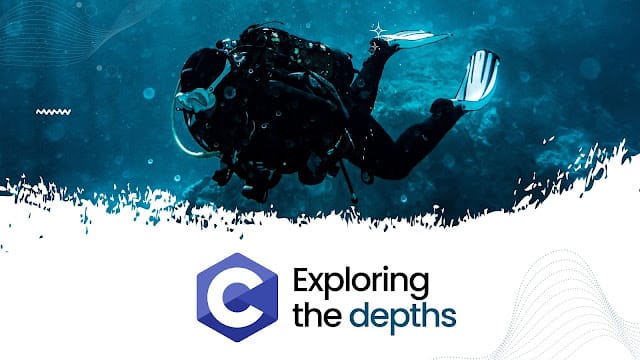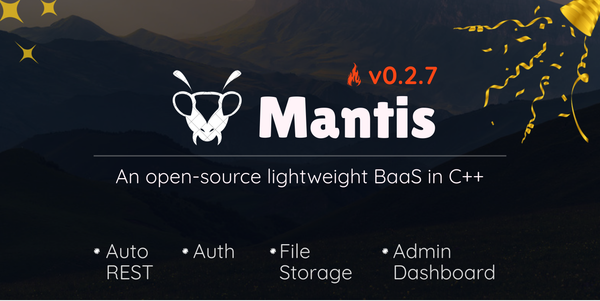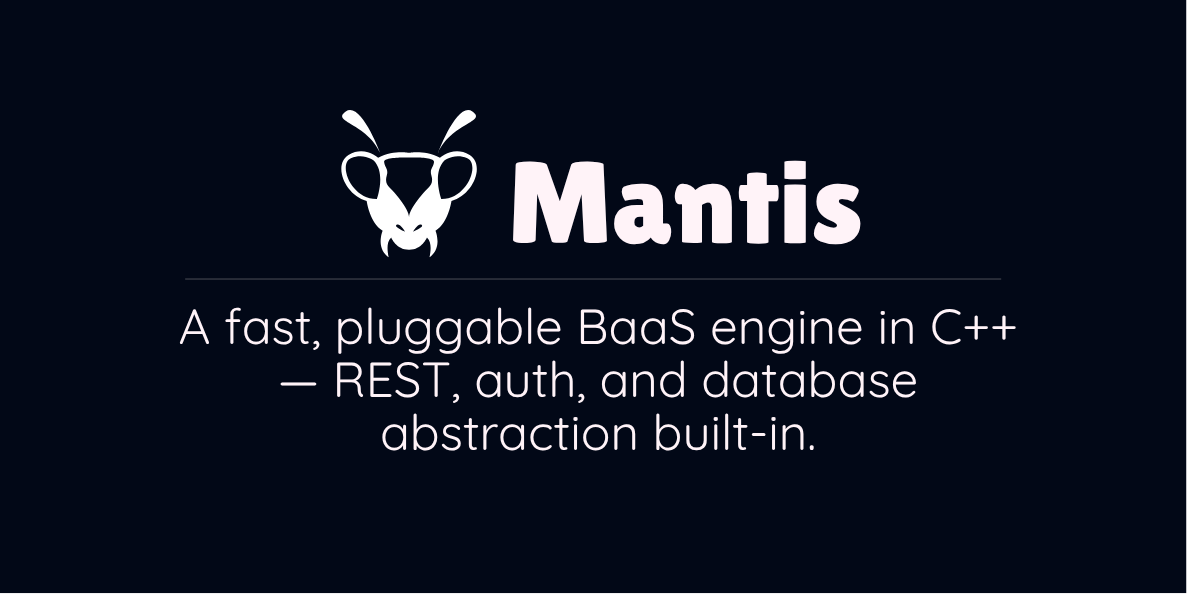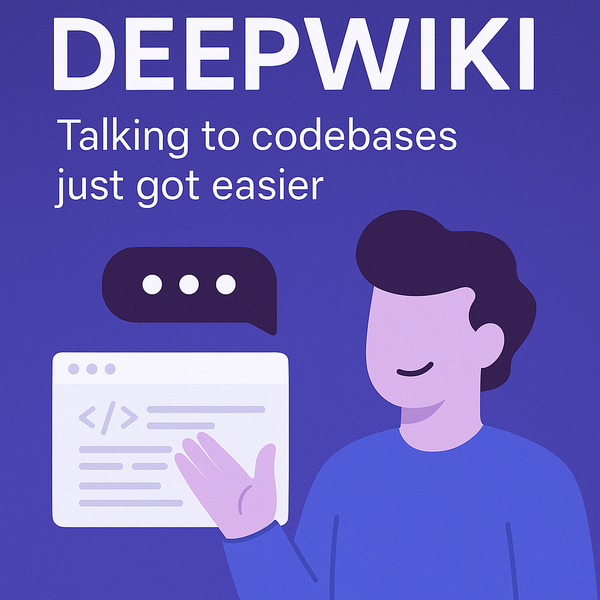Diving into the Depths of 'C': Unraveling the Secrets of this Pivotal Systems Language
Sailing has always been a daunting prospect for me—the relentless rocking, the seasickness, and the unpredictable waves. The idea of attempting such an expedition triggers anxiety, yet the allure of the stories surrounding the sea, the wrath of storms, sinking ships, and lurking sharks remains intriguing. I'd prefer watching documentaries from the safety of solid ground than experiencing them first-hand. But what if I could navigate the sea like Jack Sparrow?
And this was the same feeling I had when diving into the realm of C programming—the horror stories, the bugs that have haunted countless hours of production, and the infamous pointers that strike fear into the hearts of many. There's this notion that "real men code in 'C,'" leaving one to ponder whether those who choose otherwise are somehow less authentic.
Contrary to the notions, I believe that the fear surrounding C-lang does not have a basis. If there's something to be afraid of, let's talk about lions and snakes, or maybe python, huh! I recall hearing that “C is the language for systems programming”. However, that never quite resonated with me. So, let's demystify these notions and acquaint ourselves with C-lang. Trust me, it's not as intimidating as it may seem.
During my formative years, one of the greatest mysteries I pondered was how systems functioned. Staring at the radio, I wondered about the magic happening inside until we heard the music. Reflecting on those days, the developers of that era may not have had the sophisticated tools we have today, but they wielded a powerful tool—C lang.
So, what is a systems programming language? There are a few cherries that make the topping for this. Such a language has close interaction with the underlying hardware, making it a great tool for developing device drivers, operating systems, memory management, etc. When you talk about device drivers, the best way to understand it is, a layer that interfaces the device (mouse, trackpad, sensor, etc) to the system you want to connect to. This abstracts the complexity and gives a clean interface that the developer can connect to.
Now, let's go under the hood. Developers write code—essentially English statements following predefined rules. This code is then passed to a compiler, a kind of digester that transforms our code into binary, the language of 1's and 0's. Every piece of data processed by computers, from movies and images to text and audio, has a numeric representation that ultimately gets converted to binary. This binary code provides instructions to computers on how to handle the data, resulting in the outputs we experience. It's fascinating, isn't it?

The landscape of programming languages has undergone significant evolution. In the early 1970s, Dennis Ritchie created C, and by 1989, we had our first standard. Witnessing the evolution and integration of this tool into our lives is remarkable. A particularly impactful domain is embedded systems, the technology we engage with daily for various tasks—modern speakers, TVs, set-top-boxes, cars, watches, and more. C has played a pivotal role in developing the firmware and software running these devices.
Yet, C isn't the sole language in this domain. Numerous languages have emerged post-C or even alongside it. So, when someone claims they never use C, a gentle reminder is in order—C is probably part of the genetic code influencing the language they are utilising!





